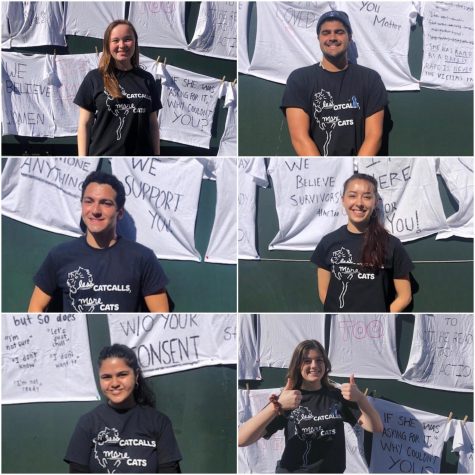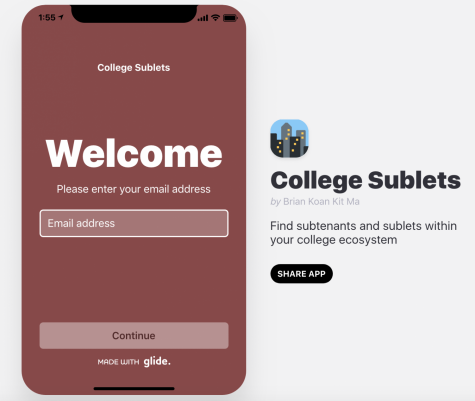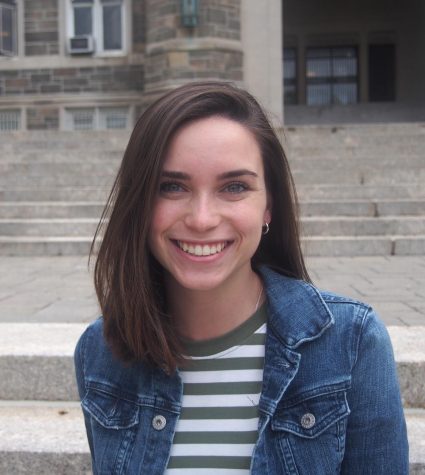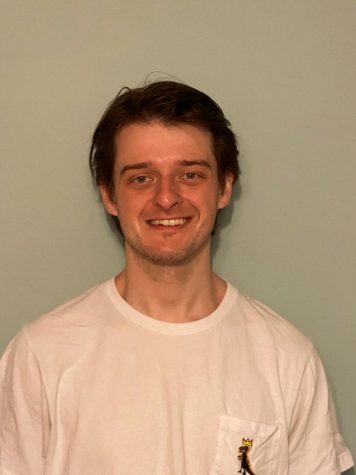Student Spends Summer Researching at the Calder Center
September 11, 2019
Some Fordham students use their precious summer months for internships, summer jobs, classes or travel, but for seven students, the Louis Calder Center, Fordham’s biological field station, was home for the summer of 2019.
Nestled on 113 acres, it features a forest, a lake and several streams, in addition to lab buildings, a greenhouse and a student residence.
Sarah Kowaleski, FCRH ’21, said the environment feels a bit like a summer camp. The Calder Center is located in Armonk, N.Y., and is surrounded by residential neighborhoods filled with stately homes. Fordham students can access it via Ram Vans that depart from the Rose Hill campus several times a day. Kowaleski describes the difficulty of getting an Uber in the remote location — a far cry from the three minutes it takes in the Bronx.
Students can take canoes and kayaks out on the lake for both research and enjoyment. The residences feature bunk beds, and graduate research assistants act a little bit like counselors.
Kowaleski spent her summer researching the urban evolution of lichen, the green and yellow organisms that live on trees, rocks and walls. According to Kowaleski, they form through a symbiotic relationship between photosynthetic algae and fungus.
“Lichen are used to look at air quality because lichen are able to directly absorb pollutants from the air,” she said. “So if lichen are dying off you can realize there’s a correlation between that and air quality. That’s why it’s a good study species — because we know urban environments affect them.”
Kowaleski’s job while assisting her faculty mentor, Jason Munshi-South, Ph.D., was to take samples from areas around New York City and compare them to samples taken from less urban environments like he Calder Center and the parks surrounding it.
Kowaleski said the graduate students living at the center often joined her on her lichen sampling trips into the city. One trip saw Kowaleski explain her research to someone outside the program.
“On one of my trips we were scraping the lichen off a tree with our collection kits and an old lady came up to us and says ‘that’s not very nice,’” said Kowaleski. “We had to explain to her that we weren’t hurting the tree. I think it looked like we were carving our initials into it.”
Kowaleski said the research she worked on can provide an indicator of how urbanization affects wildlife.
“During the era of industrial revolution they had been wiped out but recently they have recolonized in urban areas,” said Kowaleski. “We were looking for why they were able to do that in their genes.”
After collecting and identifying her samples, Kowaleski had to go through the processes of DNA extraction and DNA sequencing. She then compared a single gene in each species of lichen she collected in order to look for minute differences that could have affected how well the lichen adapted to its particular environment. Kowaleski called these small differences “SNPs,” which is short for single nucleotide polymorphisms.
“I ended up looking mostly at the algae and we didn’t find much of a pattern, but once we analyze the fungus we think we’ll see that some lichen exist only in suburban areas while other lichen exist in urban areas,” said Kowaleski.
Kowaleski said in her original hypothesis that she expected the fungus would have more genetic diversity than the algae, making it the better indicator for how the organism is adapting to its environment. As the project continues, the team who has been working alongside Kowaleski on the research will do further testing.
The project is part of her faculty mentor Munshi-South’s larger project analyzing lichen in rural and urban environments.
Kowaleski took part in the Calder Summer Undergraduate Research (CSUR) Program. During the 10 week program, students take seminar classes and receive a $5,000 stipend in addition to their room and board. This summer, Kowaleski said they even took a field trip to go behind the scenes at the New York Botanical Gardens.
Kowaleski said throughout the summer she would keep up with and assist other students in their research. She even checked bat boxes for one project.
“We felt like especially bonded because in all of our science classes most people are pre-med,” said Kowaleski. “So it was special to be with other people who are focused on ecology and the environment. We would get excited about each other’s research because everyone was genuinely interested.”










If you want a picture to show with your comment, go get a gravatar.